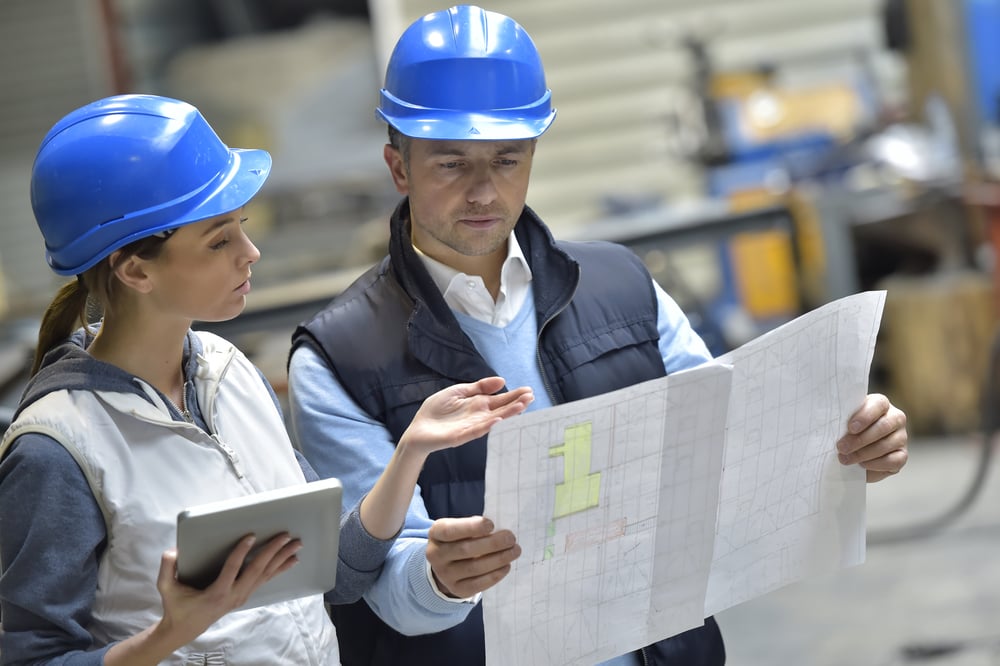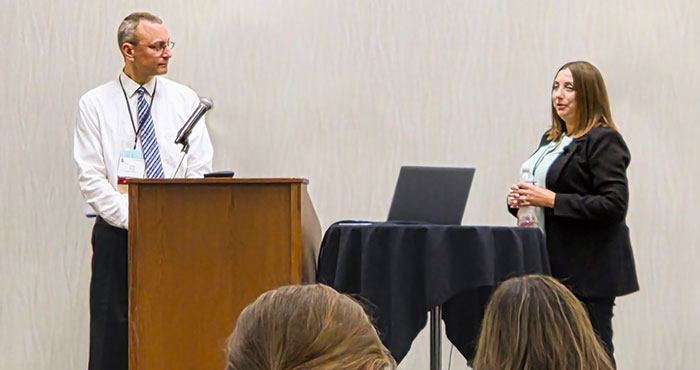Sharing Knowledge and Building Connections
Over the last few months, Redpath professionals have been presenting, teaching, and trading ideas with leaders across the government accounting...
2 min read
 Mandee Page
:
June 23, 2025
Mandee Page
:
June 23, 2025

What do you think of when you hear the term "R&D"? If you picture lab coats and beakers bubbling, you're not alone. However, in the construction industry research and development can be quite different. It involves a wide range of activities your company might already be doing. These activities could qualify your company for significant tax credits, savings that many people are unaware of.
A specialized R&D tax team understands the unique innovations happening in construction. Alex Helkamp, CPA, CCIFP, Tax Director at Redpath, works with construction and real estate companies to uncover the tax opportunities they may be missing.
You might be surprised at what qualifies for the R&D tax credit.
"When you hear 'R&D,' you don't think you're doing that kind of work," Alex says. "There's been a recent shift in perception, but back in the early 2010s, business owners thought it meant new medical innovations and technological advancements. But when you look at the innovations and developments being made, it covers a lot of kinds of work.”
Any business that uses science or technology to innovate or improve its products or processes might reduce federal taxes (often about seven to eight percent of the qualified costs incurred).
A R&D tax team evaluates activities against these four qualifications:
A R&D tax team identifies numerous construction activities that often qualify for tax credits:
Technology Integration: Implementing drone surveys, developing VR/AR applications for construction, or creating custom project management software.
In the contracting space, qualifying activities often include design/build projects, LEED certification, new material combinations, BIM, prefabrication processes, modular construction methods, and more. A new product or process doesn't need to be new to the world to qualify. It just needs to be new to your business, Alex says, illustrating the broad range of developments that can be eligible. It's a misconception that's led many companies to leave the credit unclaimed.
Luckily, you can retroactively claim the R&D tax credit for any tax year within the statute of limitations. Beyond the federal credit, many states, including Minnesota, offer R&D tax credits of their own.
Understanding whether your construction activities qualify for R&D tax credits requires careful evaluation of your projects and processes. The right R&D tax team has experience in construction industry credits and can help finalize and secure the tax credits your construction company deserves for the advancements you've made.

Over the last few months, Redpath professionals have been presenting, teaching, and trading ideas with leaders across the government accounting...

For search fund entrepreneurs, acquiring a business is both thrilling and uncertain. Unlike private equity firms seeking portfolio growth or...

Even if your business isn’t based in Maryland or Washington State, new laws around digital advertising taxes may affect you now or in the near...